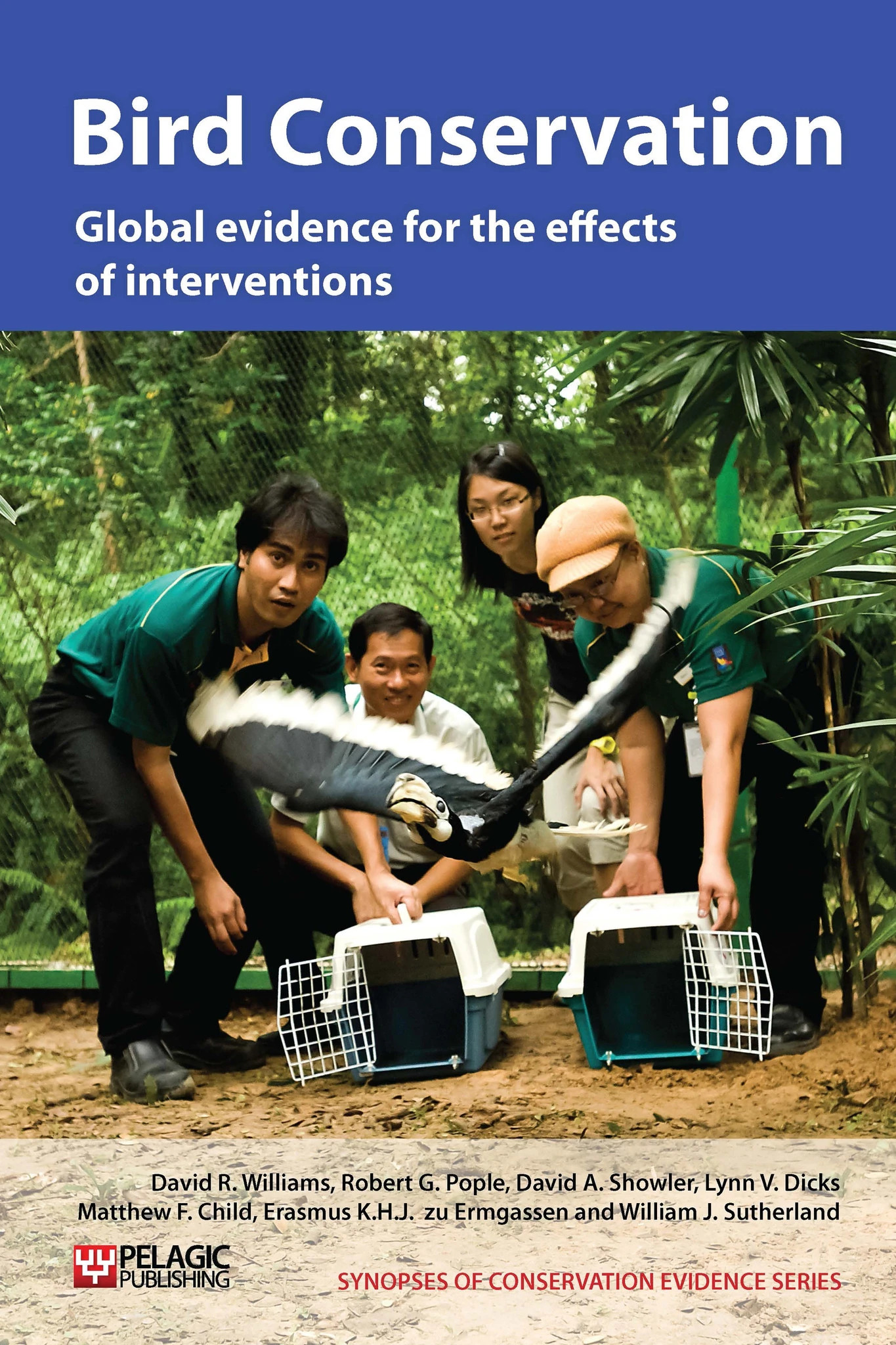Distribute poison bait for predator control using dispensers
-
Overall effectiveness category Unknown effectiveness (limited evidence)
-
Number of studies: 1
View assessment score
Hide assessment score
How is the evidence assessed?
-
Effectiveness
40% -
Certainty
25% -
Harms
not assessed
Study locations
Supporting evidence from individual studies
A controlled study in three southern beech Nothofagus stands on South Island, New Zealand between August and November 1996 (Brown 1997) found that survival of South Island robins Petroica australis australis during predator removal operations was higher when brodifacoum was dispensed from bait feeders than in a site where 3 kg/ha poison was scattered and left exposed on the forest floor (29/30 birds surviving, 97% vs. 12/23 birds surviving, 52%). Survival in a control site, with no poisoning, was higher than in the broadcast site but not significantly different from the bait feeder site (18/21 birds surviving, 86%). Feeders were designed to allow black rats Rattus rattus and house mice Mus musculus to enter and retrieve baits, but not brush-tailed possums Trichosurus vulpecula.
Study and other actions tested
Where has this evidence come from?
List of journals searched by synopsis
All the journals searched for all synopses
This Action forms part of the Action Synopsis:
Bird Conservation
Bird Conservation - Published 2013
Bird Synopsis





)_2023.JPG)














